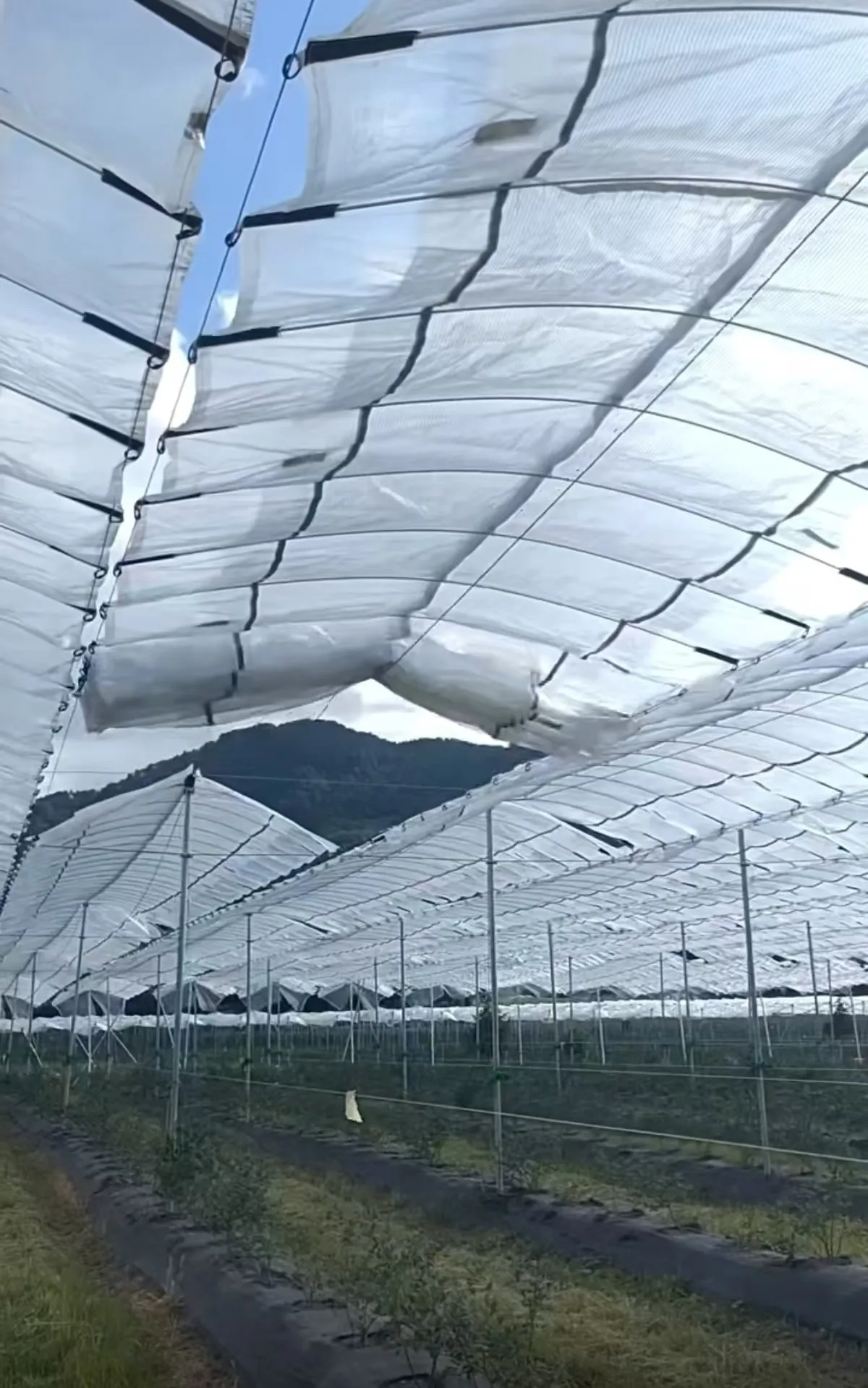-
 Afrikaans
Afrikaans -
 Albanian
Albanian -
 Amharic
Amharic -
 Arabic
Arabic -
 Armenian
Armenian -
 Azerbaijani
Azerbaijani -
 Basque
Basque -
 Belarusian
Belarusian -
 Bengali
Bengali -
 Bosnian
Bosnian -
 Bulgarian
Bulgarian -
 Catalan
Catalan -
 Cebuano
Cebuano -
 China
China -
 Corsican
Corsican -
 Croatian
Croatian -
 Czech
Czech -
 Danish
Danish -
 Dutch
Dutch -
 English
English -
 Esperanto
Esperanto -
 Estonian
Estonian -
 Finnish
Finnish -
 French
French -
 Frisian
Frisian -
 Galician
Galician -
 Georgian
Georgian -
 German
German -
 Greek
Greek -
 Gujarati
Gujarati -
 Haitian Creole
Haitian Creole -
 hausa
hausa -
 hawaiian
hawaiian -
 Hebrew
Hebrew -
 Hindi
Hindi -
 Miao
Miao -
 Hungarian
Hungarian -
 Icelandic
Icelandic -
 igbo
igbo -
 Indonesian
Indonesian -
 irish
irish -
 Italian
Italian -
 Japanese
Japanese -
 Javanese
Javanese -
 Kannada
Kannada -
 kazakh
kazakh -
 Khmer
Khmer -
 Rwandese
Rwandese -
 Korean
Korean -
 Kurdish
Kurdish -
 Kyrgyz
Kyrgyz -
 Lao
Lao -
 Latin
Latin -
 Latvian
Latvian -
 Lithuanian
Lithuanian -
 Luxembourgish
Luxembourgish -
 Macedonian
Macedonian -
 Malgashi
Malgashi -
 Malay
Malay -
 Malayalam
Malayalam -
 Maltese
Maltese -
 Maori
Maori -
 Marathi
Marathi -
 Mongolian
Mongolian -
 Myanmar
Myanmar -
 Nepali
Nepali -
 Norwegian
Norwegian -
 Norwegian
Norwegian -
 Occitan
Occitan -
 Pashto
Pashto -
 Persian
Persian -
 Polish
Polish -
 Portuguese
Portuguese -
 Punjabi
Punjabi -
 Romanian
Romanian -
 Russian
Russian -
 Samoan
Samoan -
 Scottish Gaelic
Scottish Gaelic -
 Serbian
Serbian -
 Sesotho
Sesotho -
 Shona
Shona -
 Sindhi
Sindhi -
 Sinhala
Sinhala -
 Slovak
Slovak -
 Slovenian
Slovenian -
 Somali
Somali -
 Spanish
Spanish -
 Sundanese
Sundanese -
 Swahili
Swahili -
 Swedish
Swedish -
 Tagalog
Tagalog -
 Tajik
Tajik -
 Tamil
Tamil -
 Tatar
Tatar -
 Telugu
Telugu -
 Thai
Thai -
 Turkish
Turkish -
 Turkmen
Turkmen -
 Ukrainian
Ukrainian -
 Urdu
Urdu -
 Uighur
Uighur -
 Uzbek
Uzbek -
 Vietnamese
Vietnamese -
 Welsh
Welsh -
 Bantu
Bantu -
 Yiddish
Yiddish -
 Yoruba
Yoruba -
 Zulu
Zulu
Durable and Lightweight Plastic Poultry Netting for Effective Bird Protection
The Importance of Plastic Poultry Nets in Modern Agriculture
In recent years, the importance of effective poultry management systems has gained significant attention, especially as the demand for sustainable and efficient farming practices continues to grow. One of the vital tools in this endeavor is the plastic poultry net, a versatile and indispensable asset for poultry farmers around the world.
Plastic poultry nets are lightweight, durable, and resistant to environmental factors, making them ideal for protecting birds from predators and providing a secure environment for optimal growth. Traditionally, poultry farming relied on wooden or metal fencing, which often posed challenges such as rust, rot, and difficulty in installation. The advent of plastic nets has revolutionized how farmers approach the containment and management of their flocks.
One of the primary advantages of plastic poultry nets is their ease of installation. Unlike heavier materials that require extensive labor and tools for setting up, plastic nets can be quickly deployed with minimal effort. This is especially beneficial for farmers who must frequently relocate their flocks to different fields or pasture areas to prevent overgrazing and promote a healthier ecosystem. The flexibility of plastic nets allows farmers to create temporary enclosures that can be adjusted as needed, facilitating better land use and optimizing the health of the soil.
Moreover, the design of plastic poultry nets provides excellent visibility for both farmers and their birds
. This transparency not only allows for easy monitoring of the flock's well-being but also enables natural light to reach the birds, fostering a more natural living environment. With proper access to sunlight, poultry can exhibit natural behaviors, leading to healthier, happier chickens that produce higher-quality eggs and meat.plastic poultry net

The durability of plastic nets is another noteworthy feature. Unlike traditional fencing materials that may corrode or weaken over time, high-quality plastic nets are designed to withstand harsh weather conditions, including heavy rain, wind, and UV exposure. This resilience translates into a longer lifespan for the nets, offering farmers a cost-effective solution that requires less frequent replacement. Additionally, the lightweight nature of plastic nets makes them easy to transport and store, further enhancing their practicality for farmers everywhere.
Another significant advantage of using plastic poultry nets is their ability to deter predators. Predation is a major concern for poultry farmers, as birds are vulnerable to attacks from raccoons, foxes, hawks, and other animals. The fine mesh of plastic nets prevents these predators from accessing the birds while allowing airflow and light to penetrate the enclosure. This sense of security is crucial for the emotional well-being of poultry, reducing stress and promoting healthier growth rates.
Ecologically, plastic poultry nets also contribute positively to sustainable farming practices. By allowing farmers to implement rotational grazing strategies, these nets help prevent overgrazing and promote soil health. Poultry can forage on grass and insects, reducing the need for additional feed and lowering the environmental impact associated with conventional farming methods. Additionally, regulated grazing allows for the natural replenishment of nutrients in the soil, enhancing the overall biodiversity of the farming ecosystem.
In conclusion, plastic poultry nets are a vital tool in modern agriculture, offering numerous benefits that enhance poultry management and welfare. Their ease of installation, durability, predator deterrent capabilities, and support for sustainable farming practices make them an essential investment for poultry farmers. As the agriculture industry continues to evolve, innovations like plastic poultry nets will play a crucial role in addressing the challenges of food production and ensuring that farming remains a viable and environmentally-friendly endeavor for generations to come.
-
Shipping Plastic Bags for Every NeedNewsJul.24,2025
-
Safety Netting: Your Shield in ConstructionNewsJul.24,2025
-
Plastic Mesh Netting for Everyday UseNewsJul.24,2025
-
Nylon Netting for Every UseNewsJul.24,2025
-
Mesh Breeder Box for Fish TanksNewsJul.24,2025
-
Expanded Steel Mesh Offers Durable VersatilityNewsJul.24,2025











